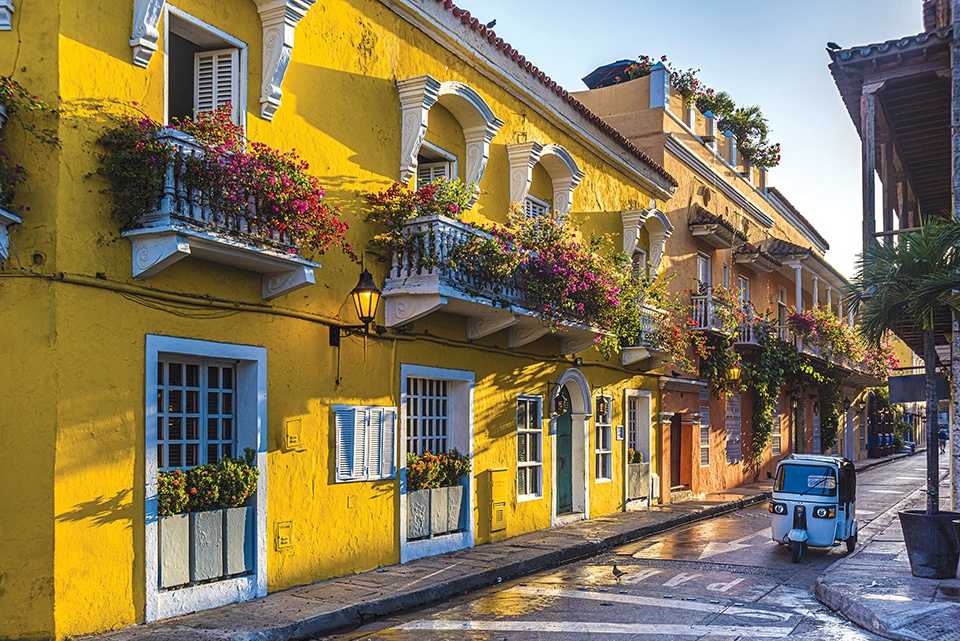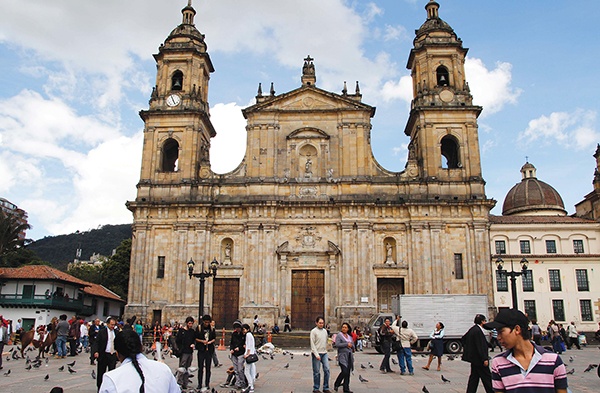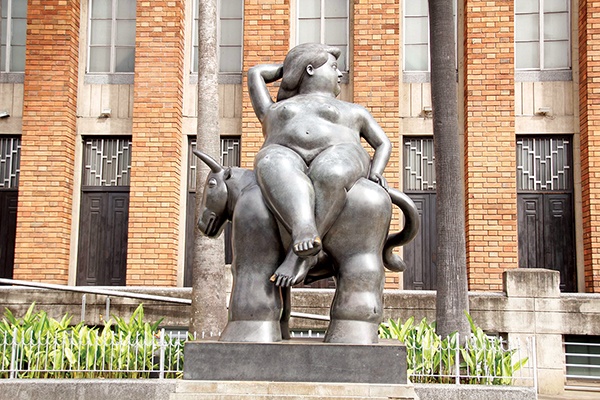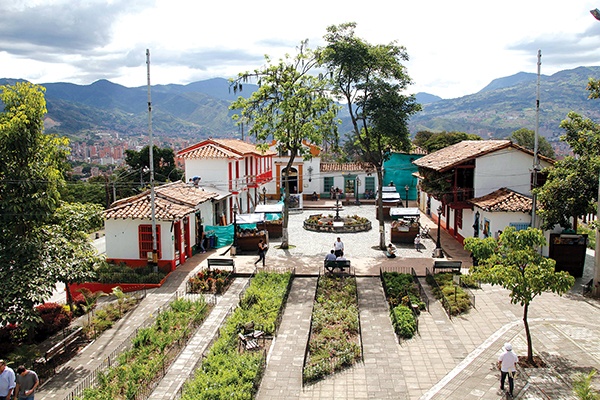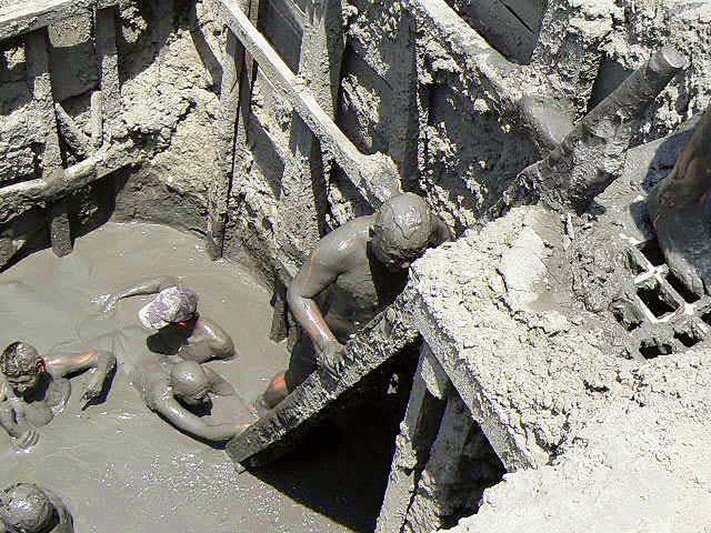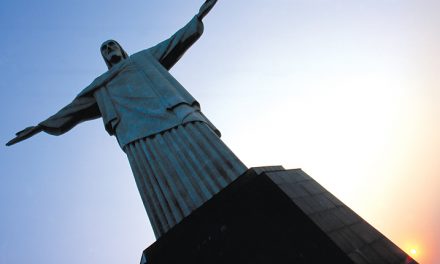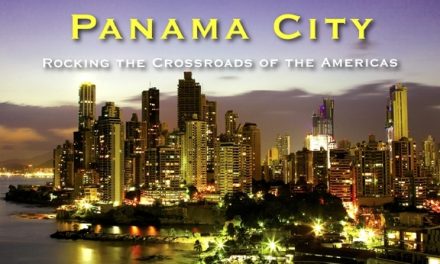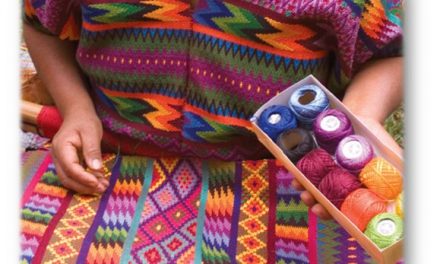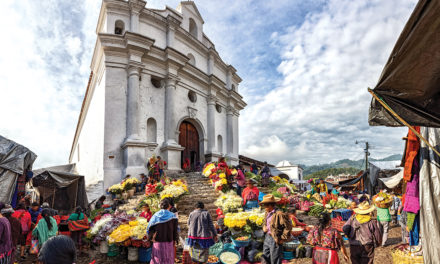Colombia
The Secret of Exploring Colombia
Article and photography by Steve Gillick
W hen we considered spending our summer holiday in Colombia, we thought of the legendary places to visit, with Bogota, Medellín and Cartagena as starting points, but we wanted more! Our tally at the end of the two week trip included colonial cities, beautiful small towns, vibrant, colourful markets, wonderful people, engaging museums, delicious food and a sense of discovery every minute of every day. The secret of exploring Colombia? Just go for it.
Being Bogota
“Being Bogota” means immersing yourself in the city by exploring as many nooks and crannies as possible, as well as spreading the spirit of ‘Buenos’. It simply means ‘good day’ but an enthusiastic ‘Buenos’ is the surest way to break the ice in a restaurant, a bar or on the street. You will inevitably get a ‘Buenos’ back; often a conversation, or simply a warm smile.
We hit the ground running. After a quick check-in at the Bogota Hilton, we headed downtown to Bolivar Plaza, the historic core of the city with alluring side streets that lead past flower-festooned house balconies, all against the picturesque backdrop of Monserrate, the mountain, with amazing views of its own, from the summit. The only missing ingredient was a true taste of Bogata and we satisfied this with lunch at Mama Lupé’s. We blindly ordered Ajiaco Santafereño and were rewarded with savoury bowls of chicken soup, sweet corn and avocado. Very yummy!
Over the next few days our favourite activities in Bogota involved a visit to the Gold Museum with its stunning collection of pre-Hispanic gold, and the Museo Botaro, bursting with voluminous sculptures and paintings of men, women, cats and horses. On one afternoon we rode with Bogota Bike Tours to visit the huge indoor Paloquemao fruit and vegetable market, followed by a sip of ‘tinto’ (black coffee) at a nearby café, and on to an imaginative refreshment stand where we closed our eyes and drank ‘savage love’, a drink made with fruit juices, booze, and a live crab. At the end of the tour we had a taste of dried big-butt ants. Apparently it’s an acquired taste.
And on another afternoon we took the fascinating Graffiti Walking Tour, showcasing works by respected urban artists such as Stink Fish, Nomad and Rodez.
Further afield we set our sights on the town of Villa de Leyva. Our journey by local bus took us to Zipaquirá to see the fascinating Salt Cathedral, built in the salt mines 200 meters below the surface. In the town of Chiquinquirá we wandered the main square, and made “Buenos” friends in the local coffee shop. Finally as sunset approached we arrived in Villa de Leyva, a colonial town that boasts the largest cobblestone town square in the country. With its 17th century church set amidst shops, restaurants and museums, this was the place to just hang out in the evening with a Club Colombia or Poker Beer.
At 5:30 the next morning we were at the Saturday market watching cowboy-hatted vendors unloading huge bags of vegetables from trucks, horses and donkeys. By 8:00 am the market was in full swing with tantalizing smells wafting from food stalls that were getting ready to serve yards of bright red sausage, grilled corn on the cob and hearty soups and chunky stews accompanied by a rainbow assortment of salsas.
After a few hours we left to visit the ruins of the astronomical Muisca Temple with its rows of phallic-shaped stones, and then we wandered through the billowy pine trees to the deep blue lagoon at Pozos Azules.
Bright and early the next morning we were in the small town of Ráquira to enjoy their Sunday market, cow auction (we were tempted but…) and the vibrant main street, festooned with colourful hammocks.
Medellín Surprises
While Medellín has had its troubles in the past, we felt quite safe at all times. We took the subway every day to explore the city’s attractions that for us included Plaza Botero, the outdoor public park featuring 23 whimsical bronze sculptures of Fernando Botero; the Museum of Antioquia, a fantastic art gallery; the monuments, statues and outdoor art at La Alpujarra Administrative Building; and Pueblito Paisa, a miniature Antioquian village located on top of El Cerro Nutibara, an 80 meter hill that affords panoramic views of Medellín and the mountains.
We enjoyed several good meals but the one that stands out was at Restaurant Carmen: unbelievably good food, a warm and friendly atmosphere and excellent service. You can’t go wrong with the Tuna Carpaccio.
On one day we journeyed two hours east to Guatapé, the site of the incredible Piedra Del Peñol, a 200 meter-high rock. You climb the 750 steps to the summit where the reward is an absolutely stunning view of the nearby lakes and mountains. Afterward we took a short tuk-tuk ride into town and wandered streets lined with bright pink, yellow, blue and green houses and shops. And our lunch at La Fogata, featuring paisa – hearty local food – was delicious, fresh grilled fish with beans, corn, rice and potato.
On another day we travelled two hours west of Medellín to the town of Santa Fe de Antioquia. At the Puente de Occidente we walked across, under and even over one of the oldest suspension bridges in South America, and then at an outdoor café, in the middle of the market stalls in the town square, we chatted with curious locals and just watched the world go by.
Fascinating Cartagena
Our last destination was Cartagena, a city that interacts with history, modern shopping and a Caribbean-style beach culture.
The walled Old Quarter is a UNESCO World Heritage Site featuring narrow streets, beautiful colonial buildings, old convents, art galleries, museums, gardens, shops and restaurants. At El Bistro we dined on grilled langostinos while at La Cevicheria we found the shrimp ceviche and octopus salad to be deliciously addictive!
We got our market ‘fix’ at Cartagena’s crowded, noisy, Mercado Bazurto, where we found friendly, smiling vendors who offered us tastes of plantain, grapes and oranges, and even posed for photos. At one of the fish stalls we were given a quick lesson on how to prepare the display: #1 Clobber the live fish with a club; #2 Place fish in even rows on the wooden cart; #3 Smile and welcome customers.
The expression “No Mud, No Fun” describes our day outside Cartagena. We traveled to El Totumo, where we descended a ladder into a volcanic crater filled with oozing, thick mud. We floated in muddy suspended animation before partaking of the special services: A mud massage ($1.50), a photo, taken with our camera ($1.50), and then afterward, down by the river, we paid $1.50 for a rather rough but laughter-filled wash and scrub by one of the local women to get the mud off …everywhere!
We saw so much on our two week trip and discovered the secret of exploring Colombia. Plan and do whatever your imagination dictates – with the goal of understanding the history, culture, people, food and attractions. We left the country with warm feelings, having achieved our goal.
https://colombia.travel/en

